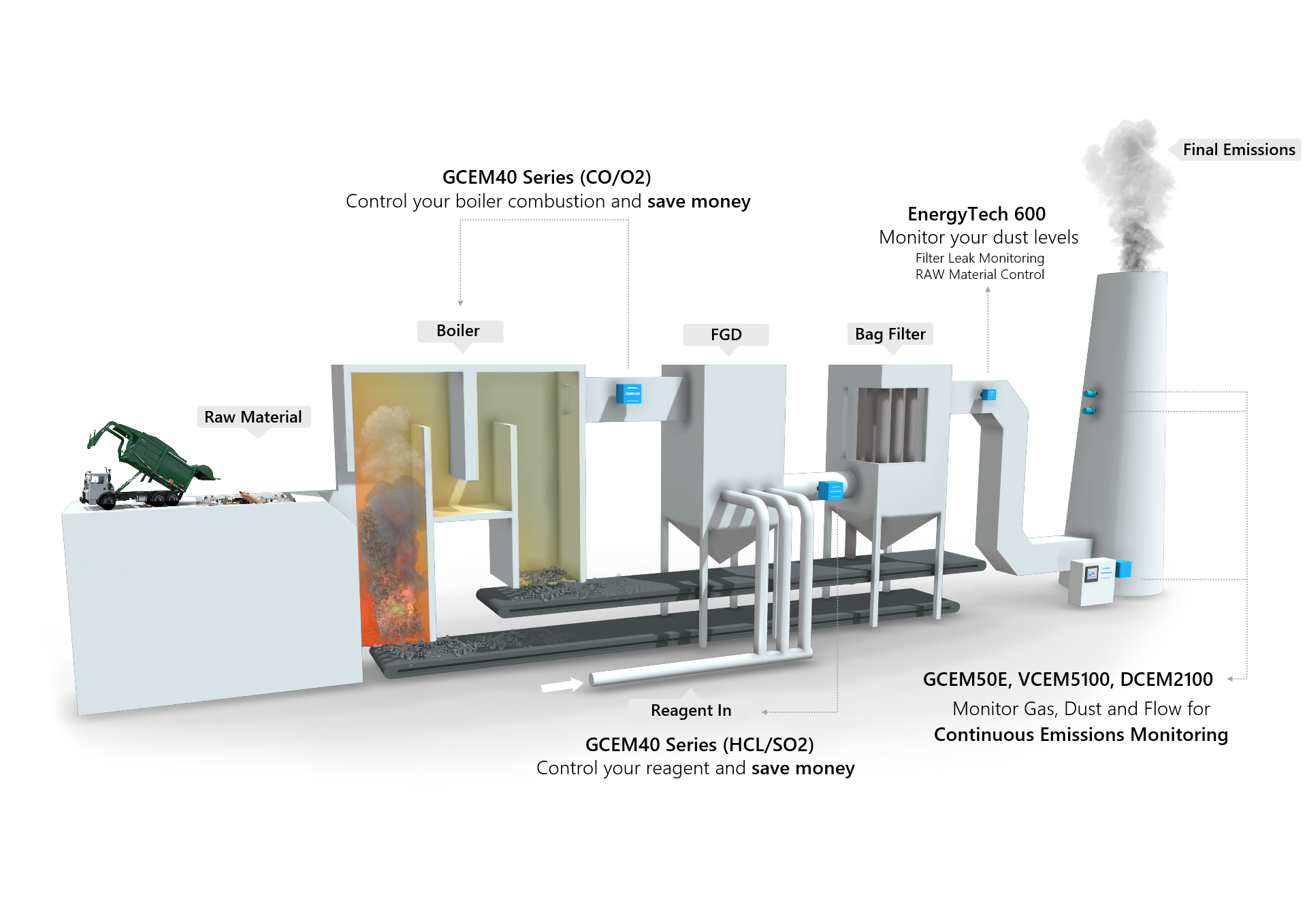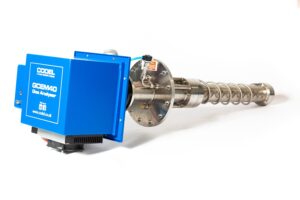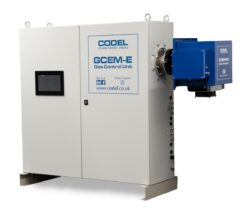Energia com Resíduos (WtE e EfW)

Resíduos para Energia
Usinas de Waste to Energy (WTE), também conhecidas como Energy from Waste (EfW), transformam resíduos não recicláveis em eletricidade, promovendo a sustentabilidade e reduzindo o uso de aterros sanitários. Por meio de incineração eficiente, essas usinas geram vapor para alimentar turbinas, produzindo energia renovável e reaproveitando o excesso de calor para uso local.
Frequentemente chamadas de usinas de recuperação de energia ou de calor e energia combinados, as instalações WTE são carbono-negativas, oferecendo uma alternativa mais limpa às usinas a carvão e ao descarte em aterros sanitários. Elas reduzem significativamente as emissões prejudiciais, como óxidos de nitrogênio, óxidos de enxofre e partículas, graças às tecnologias avançadas de controle de poluição, como depuradores e filtros de mangas.
As usinas WTE estão na vanguarda da gestão sustentável de resíduos, fornecendo energia renovável enquanto combatem as mudanças climáticas e garantem um ambiente mais saudável.
Por que monitorar emissões em uma usina de transformação de resíduos em energia?
Economia de custos
Monitorar os níveis de SO₂ e HCl na entrada do sistema de dessulfurização de gases de combustão (FGD) é crucial para o gerenciamento preciso do sorvente. Ao otimizar a dosagem do sorvente, os operadores minimizam o uso excessivo, levando à economia de custos e à melhoria da sustentabilidade ambiental. Essa abordagem proativa aumenta a eficiência operacional e reduz despesas desnecessárias. Instrumentos como o CODEL GCEM 40 permitem um monitoramento preciso e confiável para resultados ideais.
Eficiência Operacional
Absorventes eficientes são essenciais para plantas de Waste to Energy (WtE). O controle preciso do processo, incluindo mistura precisa de combustível e medições em tempo real, garante o desempenho máximo do absorvedor. Ao misturar combustíveis para gerar HCl em níveis que aumentam a absorção de SO₂ em depuradores, as plantas de WtE alcançam maior eficiência e mantêm a conformidade com os padrões ambientais.
Abordando as preocupações ambientais
Emissões de gases ácidos, como HCl e SO₂, são desafios ambientais significativos em operações WtE. Absorventes que usam substâncias alcalinas como cal ou bicarbonato de sódio neutralizam esses gases, convertendo-os em compostos menos prejudiciais. Esse processo é vital para atender a regulamentações ambientais rigorosas, salvaguardar a qualidade do ar e proteger a saúde pública.
Por que usar CODEL para monitorar suas operações de energia a partir de resíduos
Na CODEL, somos especializados em dar suporte a plantas de Waste-to-Energy (WtE) com soluções avançadas de monitoramento de emissões adaptadas para atender às demandas exclusivas de operações de recuperação de energia. Nossos sistemas, como o CODEL GCEM 40, fornecem medições precisas em tempo real de poluentes críticos, como SO₂ e HCl, permitindo gerenciamento otimizado de sorventes, custos operacionais reduzidos e eficiência de processo aprimorada.
Ao garantir a conformidade com regulamentações ambientais rigorosas, a CODEL ajuda as plantas WtE a lidar com desafios importantes, como emissões de gases ácidos, ao mesmo tempo em que promove a produção de energia sustentável. Com nossa tecnologia de monitoramento confiável, sua planta pode atingir maior desempenho operacional, proteger a qualidade do ar e contribuir para um ambiente mais limpo e saudável.
Download our EFW Specific brochure here:
Produtos Adequados
O analisador GCEM40 é um dispositivo in-situ econômico, de baixa manutenção e projetado para controle de processo e monitoramento de emissões.
CO, NOx, SO2, HCl, CH4, CO2 & H2O
O analisador de gás multicanal extrativo GCEM40E é o monitor de emissões contínuas comprovado pela indústria da CODEL para aplicações difíceis
CO, NOx, SO2, HCl, CH4, CO2 & H2O
Faça uma pergunta
Para obter mais informações sobre qualquer um de nossos produtos, preencha nosso formulário e um membro da equipe responderá o mais rápido possível.
Você também pode ligar: +44(0)1629 814351




